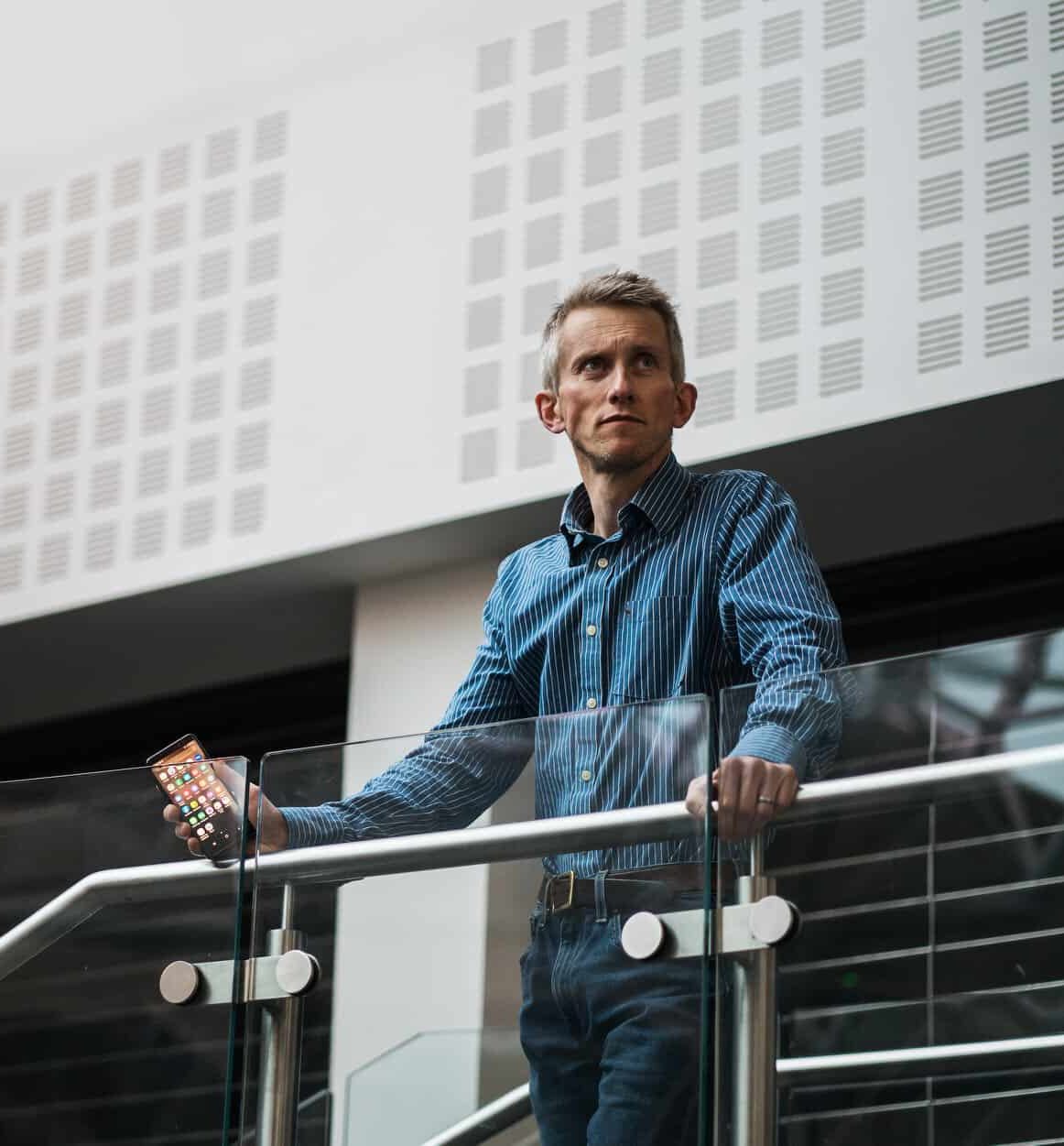Article
How to stop burnout, so work/life balance is a reality, not a utopia
Back to blog2022-09-23
Article
2022-09-23

Burnout: a modern buzzword, used loosely by some but fully understood by others, it’s now recognised by the World Health Organisation as an ‘occupational phenomenon’, with research highlighting devastating implications for people who ignore it, from the 146,000 lives claimed every year in the United States alone, to the 1 trillion dollars in lost global production every year.
But what is burnout and how do we stop it?
The World Health Organisation describes burnout as ‘chronic work place stress that has not been well managed’, describing 3 key symptoms:
There’s no single cause of burnout or magic fix but a combination of common triggers and therefore, a variety of initiatives required to reduce burnout.
Mental Health UK polled 3000 working adults in 2021 and the most common triggers of burnout included; money worries, working from home, job security, isolation, physical health, sleep, relationships, home schooling, caring for others. Some of these triggers are not directly linked to the working environment but they’ll certainly impact how an employee may perform at work.
On the other hand, in a recent Gallup poll of 7500 employees, the most common workplace triggers included; unfair treatment at work, unmanageable workload, lack of role clarity, lack of communication and support from their manager(s), unreasonable time pressure.
So if burnout can be triggered by a combination of factors at work and/or at home, what can employers do to tackle it?
As a starting point, there are 4 things employers can do, to develop the conversation around burnout and create the first steps of meaningful action:
When leaders choose to be open about their struggles, it creates a positive knock-on effect for the wider team because if it’s acceptable for the leader to be open, then it’s ok for others to speak up too. Vulnerable leaders create psychologically safe spaces and such spaces are vital in combatting burnout. Without safe spaces, we cannot expect our people to be open about their struggles and fears.
Conclusion:
Burnout isn’t going anywhere as a problem and if anything, given the social and political upheaval in our world today (not to mention the rapidly unfolding environmental crisis and all that means for our way of life) burnout will become an even bigger challenge to deal with. But the good news is that with wide-ranging and ongoing action, which is rooted in what people share and ask for, burnout is surmountable and it is manageable.
Send a simple request. You’ll get a quick reply with fees and availability